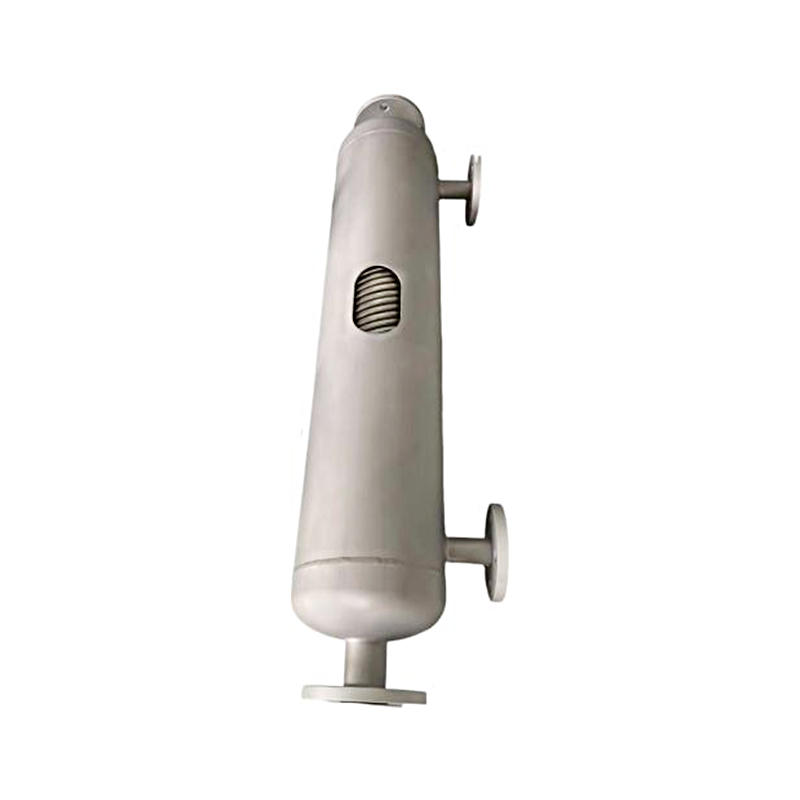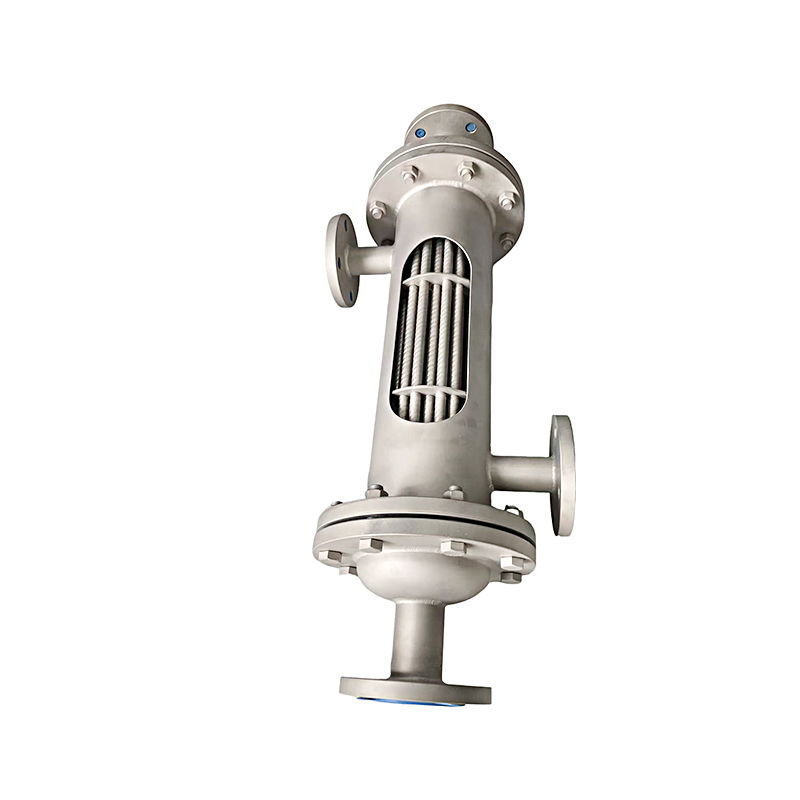-
2025-11-20 2025-11-20
What is the structure of a stainless steel spiral wound tube heat exchanger?
Regardless of the method, the stability of the tube bundle is secured by positioning rods or support rings to prevent vibration and wear caused by fluid scouring. -
2025-11-06 2025-11-06
Will the heat transfer efficiency of a corrosion-resistant silicon carbide heat exchanger decrease in corrosive media?
In harsh industrial fields such as chemical engineering, metallurgy, and environmental protection, heat exchangers are constantly exposed to corrosive media containing strong acids, strong alkalis, high salts, or impurities. -
2025-10-23 2025-10-23
How to ensure uniform fluid distribution in a stainless steel spiral wound tube heat exchanger?
In practical applications, the stainless steel spiral wound tube heat exchanger further optimizes fluid distribution through reasonable inlet and outlet design. -
2025-10-11 2025-10-11
Is the cyclone collector resistant to dust accumulation and corrosion?
In high-temperature industrial systems, the combined structure of cyclone collectors and heat exchangers is increasingly becoming a key technology for improving energy efficiency and reducing emissions. -
2025-09-24 2025-09-24
How can the performance of heat exchanger cyclone collectors be guaranteed to remain stable under variable operating conditions?
In modern industrial production, integrated heat exchanger and cyclone collector systems are widely used in complex applications such as high-temperature flue gas treatment, waste heat recovery, and biomass energy utilization. -
2025-09-10 2025-09-10
How does silicon carbide achieve comprehensive resistance to strong acids and alkalis?
Faced with extreme operating conditions and harsh media, the corrosion-resistant silicon carbide heat exchanger, with its superior material properties and revolutionary structural design








